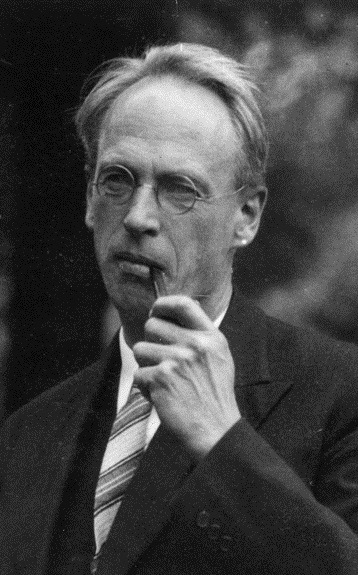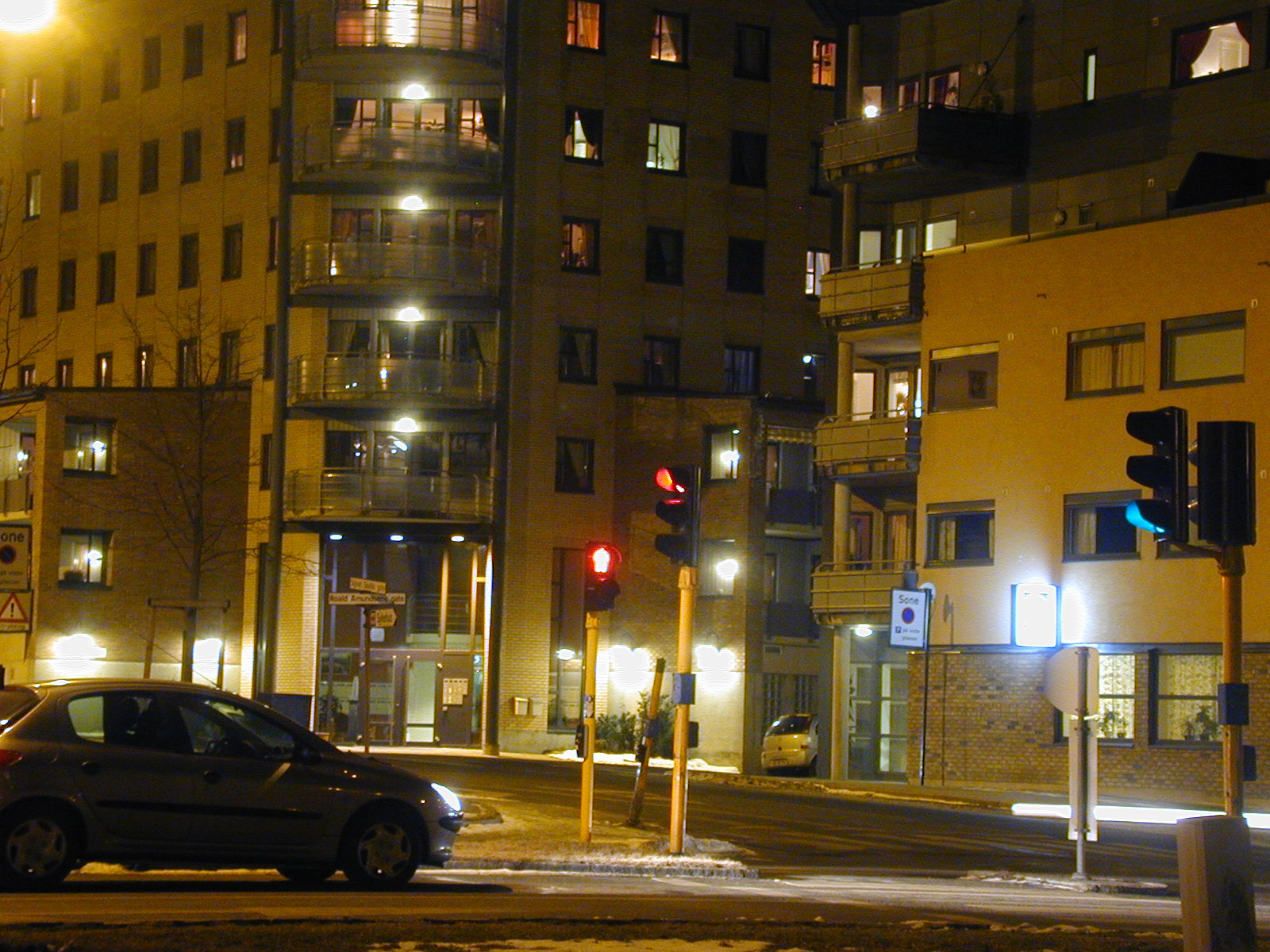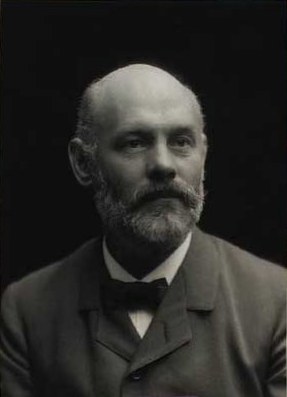|
Werenskiold
The Werenskiold family, also spelled ''Werenschiold'', ''Wærenskiold'', ''Werenskjold'' etcetera, is a Danish and Norwegian noble family living in Norway. History Werner Nielssen (1625–1695) relocated to Farsund in Vest-Agder from Ribe in Jutland. He was a lawyer who in 1664, became councilor in Christiania (now Oslo). He was married 1.) in 1662 to Christiania M. Ingeborg Eriksdatter (d. 1664) through whom he acquired Borregård Manor (''Borregård Hovedgård'') in Sarpsborg; 2.) in 1667 with Helvig Christensdatter (1653–1692). In 1674, he bought Hafslund Manor (''Hafslund Hovedgård'') in Sarpsborg. He was the father of three sons: Niels Wernersen took over Hafslund Manor, Jens Wernersen took over Borregård Manor, Christian Wernersen who acquired Trosvik in Fredrikstad. His son Niels Wernersen (1669–1741) was married in 1698 to Elisabeth de Tønsberg (1673–1742), daughter of Mads Mathias de Tønsberg, (''Amtmann'' over Buskerud) and Anne Cathri ... [...More Info...] [...Related Items...] OR: [Wikipedia] [Google] [Baidu] |
Erik Werenskiold
Erik Theodor Werenskiold (11 February 1855 – 23 November 1938) was a Norwegian painter and illustrator. He is especially known for his drawings for the Asbjørnsen and Moe collection of ''Norske Folkeeventyr'', and his illustrations for the Norwegian edition of the Snorri Sturlason ''Heimskringla''. Background Erik Theodor Werenskiold was born in Eidskog, at Granli gaard, southeast of Kongsvinger in Hedmark county, Norway. He lived his first four years there with his family, until they moved to Kongsvinger. Werenskiold grew up in Kongsvinger Fortress as the fourth son of the commander. He attended the Kongsvinger national school and then in the three years 1869-72 was at the privately owned Latin school operated by Harald Aars and Peter Voss (''Aars og Voss' skole'') in Christiania. Based on advice from the painter Adolph Tidemand, he attended a college for painters. During 1873, he was a pupil of Norwegian sculptor, Julius Middelthun (1820–1886), at the Drawing Sch ... [...More Info...] [...Related Items...] OR: [Wikipedia] [Google] [Baidu] |
Werner Werenskiold
Werner Werenskiold (28 April 1883 – 2 August 1961) was a Norwegian geologist and geographer. He was a son of Erik Werenskiold and visual artist Sophie Marie Stoltenberg Thomesen (1849–1926), and the brother of Dagfin Werenskiold. Werenskiold made field studies in Telemark and Gudbrandsdalen in his younger days, and later focused on studies at Svalbard and of glaciers in Jotunheimen. He was the principal editor of the two-volume series ''Norge, vårt land'' (1936 – 1941) and the book series ''Jorden vår klode''. He was a professor of geography at the University of Oslo from 1925. He lived and died in Bærum, and was on the election ballot for the Liberal People's Party (formerly the Liberal Left Party) in the 1930s. The mountain of Werenskioldfjellet at Hopen, Svalbard is named after him. The glacier of Werenskioldbreen in Wedel Jarlsberg Land Wedel Jarlsberg Land is the land area between Van Keulenfjorden and Hornsund on the southwestern part of Spitsbergen, ... [...More Info...] [...Related Items...] OR: [Wikipedia] [Google] [Baidu] |
Dagfin Werenskiold
Dagfin Werenskiold (16 October 1892 – 29 June 1977) was a Norwegian sculptor and painter. He was born in Bærum as son of Norwegian painter and illustrator Erik Werenskiold, and brother of geologist Werner Werenskiold. He first learned drawing from his father. In 1911, he first went on a study trip to Paris and in 1913 to Provence. In 1918 he married Elisabeth Mathilde Schram (1897–1989), the granddaughter of the book collector Thorvald Boeck. Werenskiold then studied in France from 1920 to 1923. Dagfin Werenskiold made several relief works, including the bronze doors of the Oslo Cathedral in 1937 with scenes from the Sermon on the Mount. He also made decorations at St. Olaf College in Northfield, Minnesota and altarpieces for Hornindal Church at Hornindal in Sogn og Fjordane County and Sandefjord Church at Sandefjord in Vestfold county. Among his works are the painting ''Jørgen Tjønnstaul'' in the National Gallery of Norway, a head sculpture of Fridtjof Nans ... [...More Info...] [...Related Items...] OR: [Wikipedia] [Google] [Baidu] |
Norwegian Nobility
Aristocracy of Norway refers to Modern history, modern and Medieval Ages, medieval Aristocracy (class), aristocracy in Norway. Additionally, there have been economical, political, and military elites thatrelating to the main lines of History of Norway, Norway's historyare generally accepted as nominal predecessors of the aforementioned. Since the 16th century, modern aristocracy is known as nobility ( no, adel). The very first aristocracy in today's Norway appeared during the Bronze Age (1800 BC500 BC). This bronze aristocracy consisted of several regional elites, whose earliest known existence dates to 1500 BC. Via similar structures in the Iron Age (400 BC793 AD), these entities would reappear as Petty kingdoms of Norway, petty kingdoms before and during the Viking Age, Age of Vikings (7931066). Beside a chieftain or petty king, each kingdom had its own aristocracy. Between 872 and 1050, during the so-called Unification of Norway, unification process, the first national aristoc ... [...More Info...] [...Related Items...] OR: [Wikipedia] [Google] [Baidu] |
Mecklenburg (Dano-Norwegian Family)
Mecklenburg, Mechlenborg, and Mikkelborg is a patrician and historically a prominent family living in Denmark and Norway. They descend from Flensburg in today's Germany. Members include Willum Mecklenburg, Feudal Lord of Eiker, as well as several regional bailiffs, militaries, and privileged merchants. The family is closely related to families of the Danish and the Norwegian nobility, and among cognatic descendants of the family are the Counts of Wedel-Jarlsberg. Name and coat of arms The name has appeared with various orthography and pronunciation, the most important being ''Mecklenburg'', ''Mechlenborg'', and (in Northern Norway) ''Mikkelborg''. The arms are a wild dog running out of a forest hree trees The crest is the same dog rampant. The arms have natural colours. General history As a young man Oluf Jensen (b. ca. 1487 in Flensburg) came to the town of Haderslev, where he became a merchant and within short time very wealthy. He married Margrethe Meckelburg, the ... [...More Info...] [...Related Items...] OR: [Wikipedia] [Google] [Baidu] |
Sarpsborg
Sarpsborg ( or ), historically Borg, is a city and municipality in Viken county, Norway. The administrative centre of the municipality is the city of Sarpsborg. Sarpsborg is part of the fifth largest urban area in Norway when paired with neighbouring Fredrikstad. As of 1 January 2018, according to Statistics Norway these two municipalities have a total population of 136,127 with 55,840 in Sarpsborg and 81,278 in Fredrikstad. Borregaard Industries is, and always has been, the most important industry in the city. The city is also the home of Borg Bryggerier, part of the Hansa Borg Bryggerier, which is Norway's second largest brewery-group. General information Name In Norse times the city was just called ''Borg'' (from ''borg'' which means " castle"). The background for this was the fortification built by Olav Haraldsson (see History section). Later the genitive case of the name of the waterfall ''Sarpr'' ( Sarp Falls) was added, it's unclear how Sarpsborg received thi ... [...More Info...] [...Related Items...] OR: [Wikipedia] [Google] [Baidu] |
Anders Thiset
Anders Thiset (25 February 1850 -14 July 1917) was a Danish historian, genealogist, heraldic artist, archivist and encyclopedist. Biography Thiset was born in Copenhagen, Denmark. He was a student of H.E. Melchior (1881-1927) and completed Melchiors Borgerskole with a preliminary examination in 1864. He b'Danske adelige Brevkister'' (1897). He is most known for publishing '' Danmarks Adels Aarbog'' from 1884 together with journalist H.R. Hiort References {{Portal, Biography, Denmark, Writing 19th-century Danish historians 20th-century Danish historians Danish genealogists Danish archivists Encyclopedists People from Copenhagen 1850 births 1917 deaths Knights of the Order of the Dannebrog ... [...More Info...] [...Related Items...] OR: [Wikipedia] [Google] [Baidu] |
Buskerud
Buskerud () is a former county and a current electoral district in Norway, bordering Akershus, Oslo, Oppland, Sogn og Fjordane, Hordaland, Telemark and Vestfold. The region extends from the Oslofjord and Drammensfjorden in the southeast to Hardangervidda mountain range in the northwest. The county administration was in modern times located in Drammen. Buskerud was merged with Akershus and Østfold into the newly created Viken County on 1 January 2020. On the 23 February 2022 Viken County Council voted in a 49 against 38 decision to submit an application to the Norwegian government for a county demerger. Etymology The county was named after the old manor Buskerud ( non, Biskupsruð) (Biskopsrøysa) located on the west side of the Drammen River in Åmot, Modum municipality. The first element is the genitive case of ', 'bishop' (referring to the Bishop of Hamar), the last element is ' n 'clearing, farm'. The farm was one of the largest in Buskerud, and the original name of the farm ... [...More Info...] [...Related Items...] OR: [Wikipedia] [Google] [Baidu] |
Fredrikstad
Fredrikstad (; previously ''Frederiksstad''; literally "Fredrik's Town") is a city and municipality in Viken county, Norway. The administrative centre of the municipality is the city of Fredrikstad. The city of Fredrikstad was founded in 1567 by King Frederick II, and established as a municipality on 1 January 1838 (see '' formannskapsdistrikt''). The rural municipality of Glemmen was merged with Fredrikstad on 1 January 1964. The rural municipalities of Borge, Onsøy, Kråkerøy, and Rolvsøy were merged with Fredrikstad on 1 January 1994. The city straddles the river Glomma where it meets the Skagerrak, about from the Sweden border. Along with neighboring Sarpsborg, Fredrikstad forms the fifth largest city in Norway: Fredrikstad/Sarpsborg. As of 30 September 2021, according to Statistics Norway, these two municipalities have a total population of 141,708 with 83,761 in Fredrikstad and 57,947 in Sarpsborg. Fredrikstad was built at the mouth of Glomma as a replacement af ... [...More Info...] [...Related Items...] OR: [Wikipedia] [Google] [Baidu] |
Oslo
Oslo ( , , or ; sma, Oslove) is the capital and most populous city of Norway. It constitutes both a county and a municipality. The municipality of Oslo had a population of in 2022, while the city's greater urban area had a population of in 2019, and the metropolitan area had an estimated population of in 2021. During the Viking Age the area was part of Viken. Oslo was founded as a city at the end of the Viking Age in 1040 under the name Ánslo, and established as a ''kaupstad'' or trading place in 1048 by Harald Hardrada. The city was elevated to a bishopric in 1070 and a capital under Haakon V of Norway around 1300. Personal unions with Denmark from 1397 to 1523 and again from 1536 to 1814 reduced its influence. After being destroyed by a fire in 1624, during the reign of King Christian IV, a new city was built closer to Akershus Fortress and named Christiania in honour of the king. It became a municipality ('' formannskapsdistrikt'') on 1 January 1838. The city fu ... [...More Info...] [...Related Items...] OR: [Wikipedia] [Google] [Baidu] |

.jpg)






